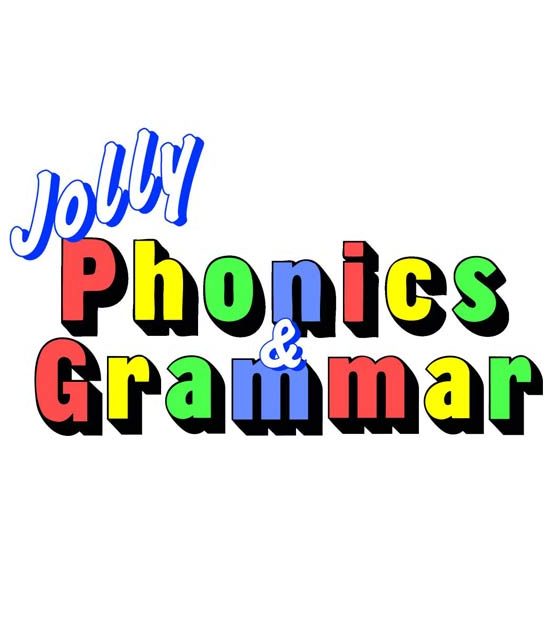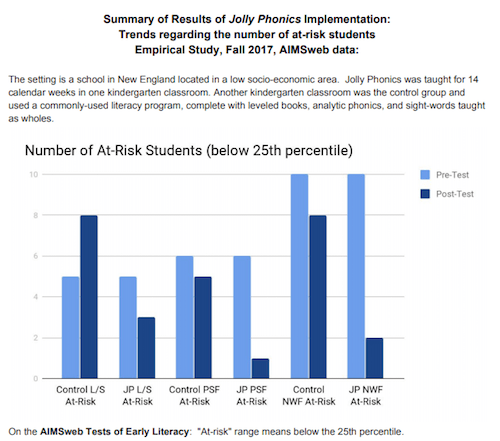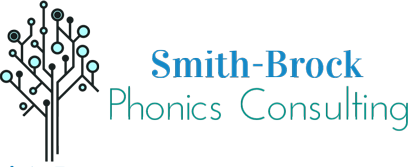“Nap!,” call out some of the skilled blenders in the group. The others may not be able to blend the sounds yet, but evidence from other synthetic phonics classrooms indicates they, too, will be skillful blenders before long.
Students Learn Letter Sounds Before Letter Names
Synthetic phonics programs reduce the cognitive load for students in several ways. For example, the sounds that the letters represent are taught before the letter names. Identifying letter names is useful for alphabetizing and talking about spelling but is not required for reading. Handwriting is taught with the same scope and sequence as the phonics teaching, with lowercase letters taught first since those are most useful for reading.
One synthetic phonics program, Jolly Phonics, has received acclaim from renowned reading specialists, and research supports the success of the program.
Given the effectiveness of research-based reading instruction in reducing the number of students requiring intervention, there are many of us who would be thrilled if all kindergarten classrooms included instruction in phonemic awareness and if the correspondence between the alphabet letters and their sounds were taught, along with the blending of words with short vowels.
U.S. Schools Beginning to Use a British Phonics Program
But what if even more decoding/encoding instruction could be expected, with greater acceptance of this instruction by classroom teachers? Several schools in New England have begun implementing the synthetic phonics method, which is now the primary approach to teaching reading in England.

It is not just the actions for the sounds that make the teaching of this particular synthetic phonics program so different from typical phonics instruction in the United States. Jolly Phonics uses stories and songs associated with each of the sounds to help anchor the learning:
If you’re strong and you know it, say “/ng/!” If you’re strong and you know it, say “/ng/!” If you’re strong and you know it, and you really want to show it…
… If you’re strong and you know it, say “/ng/!” [Tune: “If You’re Happy and You Know It” action and story: a weightlifter lifting a heavy weight above the head]
Students taught with the synthetic phonics method learn letter-sounds at the brisk pace of about four per week, rather than one to two per week in typical classrooms. Starting on day three of the synthetic phonics program, they practice segmenting words into sounds and blending sounds into words; phonemic awareness activities are incorporated into the daily phonics lessons, rather than as a precursor to phonics instruction.
Learning at a Rapid Pace
Typically kindergarten classrooms cover the 25 sounds represented by the alphabet letters (the letters “c” and “k” represent the same sound) and perhaps a few more, such as /sh/, /th/, /ch/, in which case about 15 sounds aren’t introduced until first grade. In a Jolly Phonics classroom, however, by the end of only nine weeks, the students will have learned one way to spell each of 42 sounds of the English language! (Jolly Phonics focuses on 42 of the approximately 44 phonemes.) This even includes some digraphs (a two-letter spelling for a single sound), such as “ai” and “oa.”
Being able to write a phonically plausible spelling for virtually all of our sounds truly opens up the opportunities of written expression for students, far beyond what kindergartners elsewhere are able to do. Their stories are understandable both to themselves and to others.
The brisk pace also transforms many of the sight words, such as “for” and “out,” into fully decodable words. Later in the year, students begin to learn main alternative ways of spelling the vowel sounds. The split digraphs (“magic e”), such as the “o-e” in “hope” are not taught until after the primary “non-split” digraph for the sound is taught. For example, first “ee” (“tree”), then “ea” (meat) then “e-e” (“these”). This greatly reduces common confusion between the spellings and sounds of the short and long vowels.
Approachable for Teachers
This is phonics instruction that kindergarten teachers are very happy to embrace: the training is short and fairly simple; the approach is kinesthetic and engaging. Once the teachers see confident readers and writers in their classrooms, they spread the word to colleagues.

Brown, R., Swan, J., & Smith-Brock, J. (2017) The Efficacy of Jolly Phonics When Used as Tier 1 Classroom Instruction with Kindergarten Students. Unpublished data.
Proven Results
In the past year in New England, we have had local data that have dovetailed with the results found in empirical studies and case studies elsewhere: this approach “lifts all boats.” Students who are English language learners (ELLs), have summer birthdays, or are disadvantaged socio-economically achieve quite similarly to the other students. The long tail of achievement virtually disappears. The percentage of students achieving above-grade-level results increases.
For example, in one low socio-economic status school in New England, a University of Southern Maine study indicated that while the number of students in the control classroom who fell below the 10th percentile on letter-sound fluency (L/S), phoneme segmentation fluency (PSF), and nonsense word reading (NWF) increased over a 14-week period, the number of students below the 10th percentile on each measure completely disappeared in the synthetics phonics classroom.
In case studies in New England, data from literacy assessments including MAP Growth (from NWEA) and the DRA (Developmental Reading Assessment) has shown a doubling of the percentage of kindergartners performing above grade-level compared to those in comparable non-Jolly Phonics classrooms. Additionally, the data has indicated a reduction by 1/3 to 1/2 in the percentage of kindergartners performing below grade level.
Although neither the UK-style synthetic phonics approach, nor the Jolly Phonics program in particular, is well known in the United States, one of the studies involving the program was included in the National Reading Panel Report in 2000. Sally Shaywitz specifically pointed out the program in her 2003 book, Overcoming Dyslexia:
“According to the National Reading Panel, Jolly Phonics… seems to have gotten it right. It is a highly effective program that, according to children, is also fun. The program is intended for the youngest beginning readers in school; this means 4- and 5-year-olds in England and 5- and 6-year-olds in the United States… According to the panel’s review, when groups of children using Jolly Phonics or a whole-language approach were compared after one year of instruction, the children in the phonics programs were reading and writing significantly more words.”
